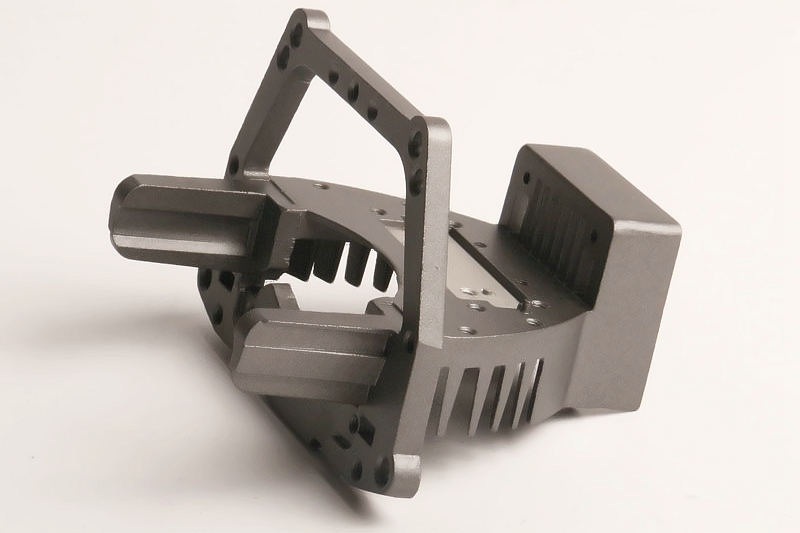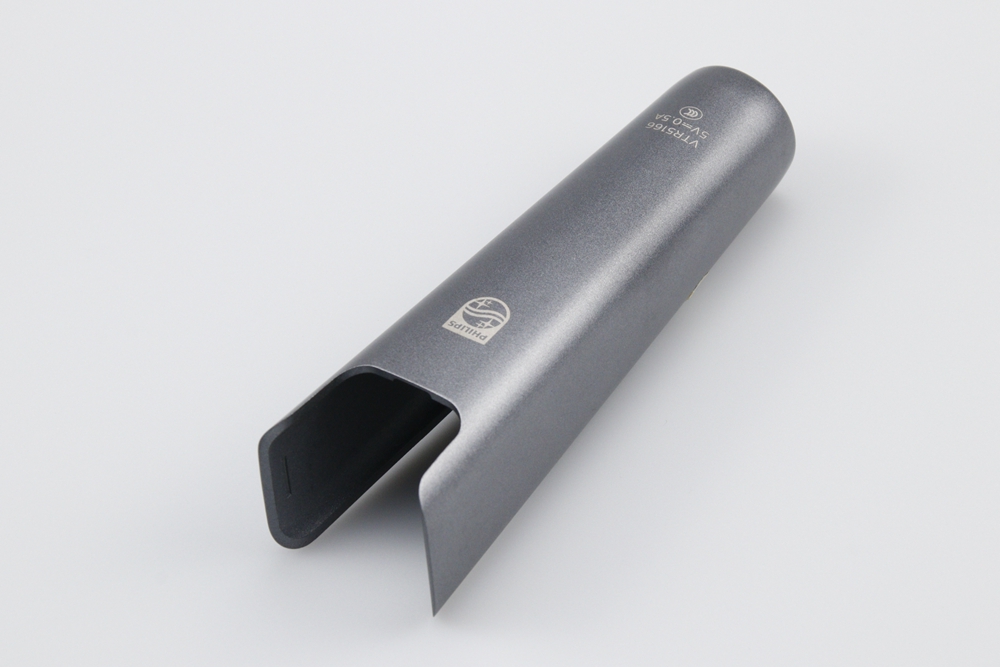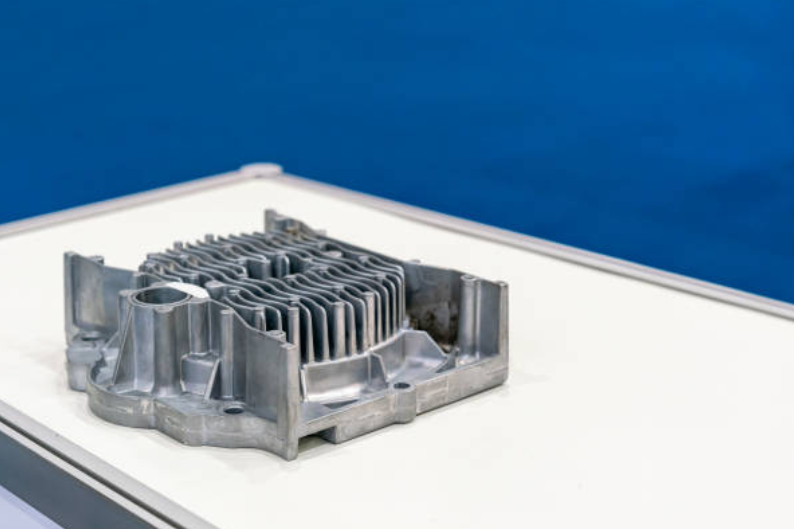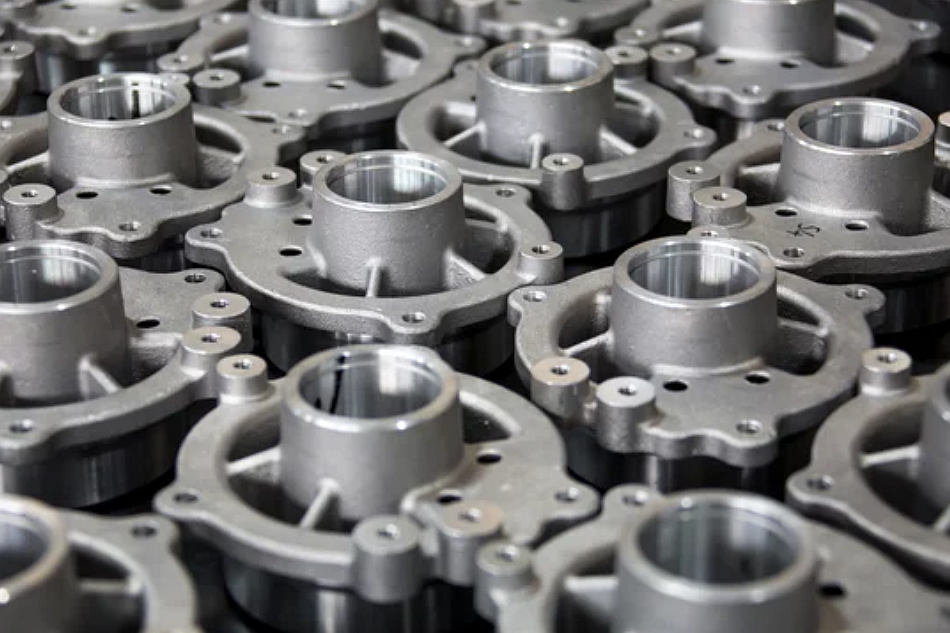Importance of Sand Castings in Heavy-Duty Industrial Applications
Introduction
Sand casting, also known as sand molded casting, is a versatile metal casting method utilizing sand as the mold material. It involves forming metal components by pouring molten metal into sand-based molds. This method has a long history dating back thousands of years, but today, it remains crucial in industrial manufacturing, especially for heavy-duty applications. Its significance arises from a unique combination of cost efficiency, versatility, and the ability to handle complex geometries and large-sized components effectively.
1. Overview of the Sand Casting Process
The sand casting process comprises several detailed stages:
Pattern Making: Creating a precise replica of the desired part, typically made from wood, plastic, or metal.
Mold Preparation: Compacting sand around the pattern to form a mold cavity. Types of sand molds include green sand molds, dry sand molds, and chemically bonded sand molds, each suited for different industrial applications.
Metal Melting: Melting selected metals (iron, aluminum, steel, bronze) to a specific temperature optimal for gravity-based metal casting.
Pouring: Carefully pour molten metal into the prepared mold cavity.
Cooling: Allowing sufficient time for the metal to solidify.
Mold Breaking and Cleaning: Remove the sand mold after solidification, then clean it to eliminate excess sand and imperfections.
Finishing: Machining and finishing operations, such as surface polishing and grinding, to achieve desired surface characteristics and dimensional accuracy.
2. Why Choose Sand Casting for Heavy-Duty Industrial Parts?
Sand casting is particularly suited for heavy-duty industrial applications for several reasons:
Durability and Strength: Allows the creation of robust components that withstand high stress and demanding industrial environments, particularly in automotive and heavy equipment industries.
Versatility: Capable of handling intricate designs and varying sizes, ranging from small intricate parts to massive industrial components.
Cost-Effectiveness: Significantly reduces manufacturing costs, beneficial for large-scale components and high-volume production runs compared to other methods like die casting.
Rapid Prototyping and Adaptability: Facilitates quick prototyping, enabling manufacturers to test and refine designs swiftly.
3. Materials Used in Sand Casting for Heavy-Duty Applications
Several materials dominate sand casting processes, each selected for specific characteristics:
Iron: Widely used for its strength and affordability, especially in automotive components and machinery applications.
Steel: Preferred in demanding industrial sectors due to its exceptional strength, wear resistance, and durability, particularly beneficial in heavy machinery and tooling.
Aluminum: Lightweight yet robust, aluminum sand castings are ideal for aerospace, automotive, and transportation industries where weight reduction is critical.
Bronze: Highly corrosion-resistant, excellent for marine and naval applications and complex industrial machinery.
Each material contributes specific attributes, making them ideal choices for heavy-duty applications.
4. Key Industrial Applications of Sand Casting
Sand casting supports numerous heavy-duty industries, notably:
Automotive and Heavy Vehicles: Components like engine blocks, transmission cases, cylinder heads, and other critical heavy vehicle parts.
Aerospace Components: Aluminum sand-cast parts offer weight efficiency crucial for aircraft and space vehicles.
Energy and Power Generation: Essential components such as turbine housings, pump casings, and valves are often produced through custom sand casting.
Construction Machinery: Heavy equipment and machinery parts, including excavator buckets, gearboxes, bulldozer blades, and crane components, rely heavily on this versatile casting process.
Sand casting effectively meets the rigorous demands and stringent safety standards required by these industries.
5. Common Challenges in Sand Casting and Their Solutions
Despite its advantages, sand casting faces certain challenges:
Porosity: Air trapped within castings can lead to structural weaknesses. Solutions include careful control of pouring speed, temperature management, and adequate mold venting, similar to handling porosity in aluminum die castings.
Shrinkage Defects: Occur when metal contracts during solidification. Adjusting gate and riser designs, improving feeding techniques, and temperature control minimize shrinkage.
Surface Roughness: Rough finishes may result from mold imperfections. Employing higher-quality sands, mold coatings, or advanced surface finishing processes significantly enhances surface quality.
Inclusions: Foreign particles trapped within castings cause defects. Filtering molten metal and maintaining cleanliness in mold preparation help prevent inclusions.
By applying advanced quality control measures, these defects can be effectively minimized, ensuring high-quality sand-cast components.
Conclusion
Sand casting remains a cornerstone of heavy-duty industrial manufacturing, providing unmatched benefits in durability, cost efficiency, and design flexibility. Its enduring popularity stems from adaptability and effectiveness across demanding industrial applications, from automotive to aerospace. As technological advancements continue to refine this process, the potential for sand casting to support future manufacturing innovations remains robust. Manufacturers seeking quality, consistency, and reliability for heavy-duty applications should continue leveraging sand casting to achieve industrial excellence.




